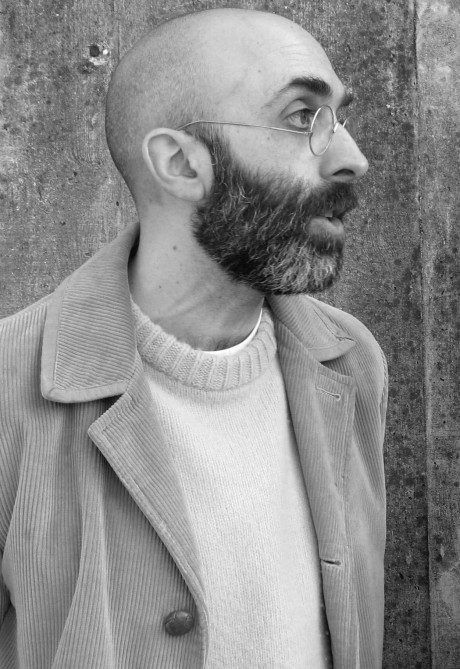“Literature is no more than a good trick a magician or a sorcerer might perform, making reality appear whole, creating the illusion that reality is a single unified thing,” posits the narrator in Eduardo Halfon’s The Polish Boxer, a professor and writer also named Eduardo Halfon.

Like the author, Eduardo the character is from a Jewish family in Guatemala, went to college in the United States, and then moved back to Guatemala City to become a literature professor (although Halfon the author has since moved to Nebraska). Readers are left to figure out what is fact and what is an “illusion,” and the characters in the novel also grapple with this theme—none more so than Eduardo himself. Whether searching for the real story of his grandfather’s survival during the Holocaust, tracking down an errant student-poet in an indigenous town in Guatemala, or looking for a gypsy pianist friend in Serbia, Eduardo is repeatedly thwarted in his quest for truth.
The novel, which was published in 2008 and translated into English last summer, consists of ten loosely connected chapters featuring a cast of modern-day troubadours—refugees, Wandering Jews, gypsies, poets, and musicians—who regale Eduardo with mesmerizing stories from all over the globe. Halfon has published nine books of fiction, but The Polish Boxer is the first to be translated into English.
The title refers to the man who saved his grandfather from certain death one night in Auschwitz. In an early iteration of the story, Eduardo’s grandfather recounts how upon arrival at the infamous concentration camp, he met a boxer from Poland who had survived because the Nazis enjoyed watching him fight. Speaking to him in his mother tongue, the boxer tells Eduardo’s grandfather exactly what to say during his trial, scheduled for the following day. He repeats the words of the Polish boxer, and he is indeed spared from the gas chambers.
However, the words of the Polish boxer remain a secret, both to Eduardo and to readers. Later, Eduardo discovers that the Polish boxer may not have existed at all.
Truth is also complicated by translation: his grandfather refused to speak Polish after fleeing to Guatemala, “the mother tongue of those who, in November of ’39, he always said, had betrayed him.” We wonder if it is even possible for his grandfather to tell the “real” story in translation—a recurrent theme throughout The Polish Boxer, which of course is itself a translation. (In fact, five translators worked collaboratively to produce the English version.) Eduardo the character, like the author, is bilingual in English and Spanish, but nevertheless, chooses to speak in his mother tongue, and he sometimes translates English stories into Spanish in his head.
Sometimes, language fails altogether, in its original form and in translation. In one particularly comic scene, Eduardo is invited to speak at a conference in Portugal called “A Literatura Rasga A Realidade” (“Literature Tears through Reality”). Baffled, he e-mails the conference organizer, “to solicit her help, and to ask her if the subject was the intersection between literature and reality, or rather the way literature bursts through reality, or what?” He continues: “And she wrote back to me right away: Yes, that’s it.”
While the novel highlights the inadequacy of language and pokes fun at the perils of translation, these magnificently written chapter-stories clearly celebrate the power of language, literature, and even translation. Readers might enjoy guessing which characters or plot lines of The Polish Boxer are drawn from Halfon’s real life and which are fictional, but regardless, the tales are spellbinding, the prose is magnificent, and several parts will make you laugh out loud. Let’s hope that this excellent debut in English will inspire translators to tackle his other works as well.